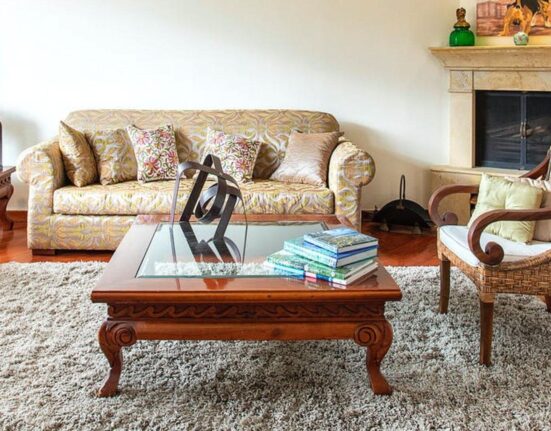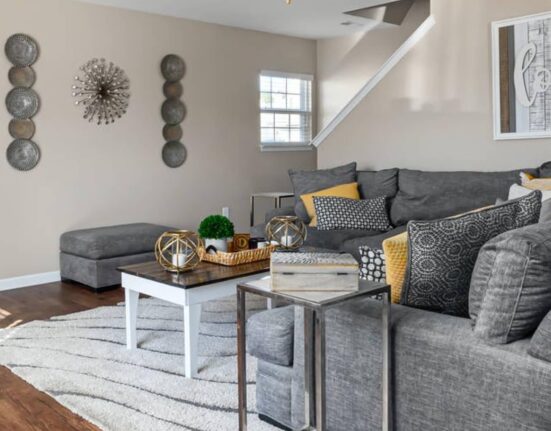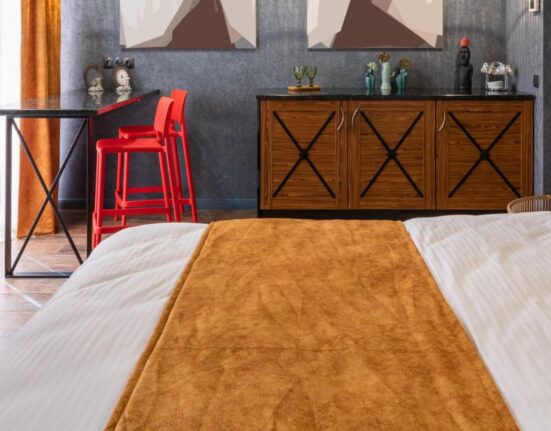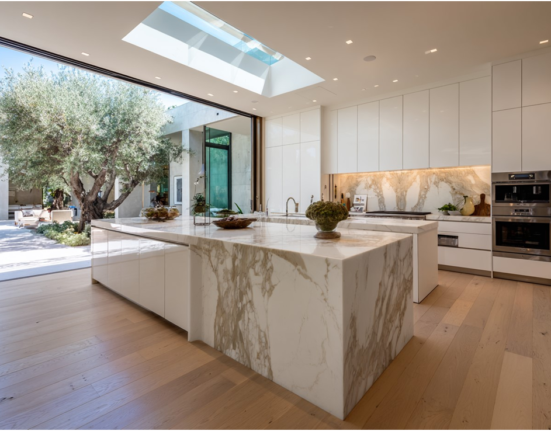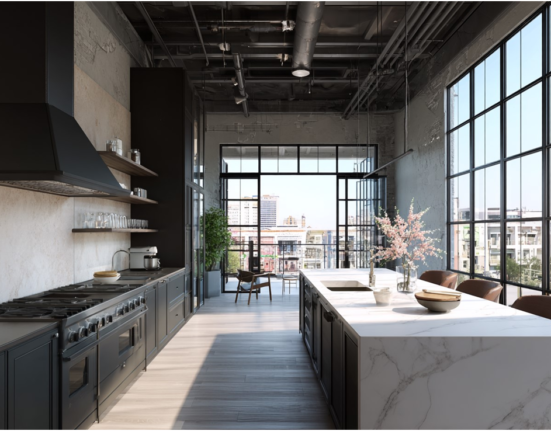Sophia had always dreamed of designing her own home. She envisioned a sleek and stylish space filled with clean lines and minimalist furniture. But as she started browsing through magazines and scrolling through Pinterest, she was torn between two design styles that seemed strikingly similar yet fundamentally different: contemporary and modern. The more she read, the more confused she became. “Aren’t they the same thing?” she wondered. It wasn’t until she dove deeper into interior design that she discovered the nuances that set these two styles apart. If you’ve ever found yourself in Sophia’s shoes, wondering about the differences between contemporary and modern design, you’re not alone. In this article, we’ll explore the key distinctions between these styles, backed by statistics and expert insights, to help you make an informed choice for your home.
Understanding Modern Design
Modern design refers to a specific period in time, roughly from the early to mid-20th century. It emerged as a response to the ornate and heavily decorated styles of the 19th century, such as Victorian and Edwardian designs. Influenced by the Bauhaus movement in Germany and the International Style, modern design is characterized by simplicity, functionality, and a lack of ornamentation.
Key features of modern design include:
- Clean Lines and Minimalism: Modern design favors clean, straight lines and a minimalist aesthetic. Furniture and decor are often streamlined and simple, emphasizing form and function. According to a 2022 survey by the American Society of Interior Designers (ASID), 58% of respondents who prefer modern design cite its simplicity and clean lines as the main appeal.
- Natural Materials: Modern design often incorporates natural materials like wood, leather, and stone. These materials are used in their most natural state, with minimal alterations or embellishments. A 2023 study by the National Association of Home Builders (NAHB) found that 46% of new homebuyers preferred modern designs that featured natural materials, emphasizing sustainability and a connection to nature.
- Neutral Color Palette: The color palette in contemporary design tends to be neutral, with shades of white, black, gray, and beige dominating. Bright colors are rarely used; when they are, they typically appear in small accents or accessories. According to the 2023 Interior Design Trends Report, 63% of designers noted that neutral color schemes were essential in creating a modern aesthetic, providing a backdrop that allows furniture and artwork to stand out.
- Open and Functional Spaces: Modern design often features open floor plans promoting space and flow. The goal is to create a functional and efficient layout that maximizes natural light and uses space best. A Zillow report from 2023 revealed that homes with open, modern floor plans sold 15% faster than those with more traditional layouts, highlighting the popularity of this design choice.
Defining Contemporary Design
Unlike modern design, which refers to a specific historical period, contemporary design is more fluid and constantly evolving. It reflects current trends and styles, often borrowing elements from various design movements, including modern, minimalist, and traditional designs. Contemporary design is about what is happening “now” in the design world, making it more eclectic and adaptable.
Key features of contemporary design include:
- Dynamic and Evolving Aesthetic: Contemporary design is not tied to a specific period or style. Instead, it evolves, incorporating the latest trends and technologies. This means that what is considered contemporary today may not be so in a decade. A 2022 survey by Houzz found that 71% of interior designers identified contemporary design as the most adaptable style, allowing for a blend of different elements to create a unique and personalized space.
- A mix of Materials and Textures: Contemporary design often blends various materials and textures, such as glass, metal, wood, and stone. This mix creates visual interest and depth, making spaces dynamic and layered. According to a 2023 report by the Interior Design Society (IDS), 52% of designers working in contemporary spaces prefer to use a mix of materials to add complexity and interest to their designs.
- Neutral Colors with Bold Accents: While contemporary design often uses a neutral color palette similar to modern design, it is more likely to incorporate bold, vibrant accents. These can include statement pieces of furniture, artwork, or decor that add color or texture to the room. The 2023 Home Design Trends Survey by the National Kitchen & Bath Association (NKBA) reported that 48% of contemporary design projects included bold accent colors, reflecting a desire to create visually striking and memorable interiors.
- Emphasis on Space and Light: Like modern design, contemporary spaces often emphasize open, airy layouts that maximize natural light. However, contemporary design is also more likely to incorporate large windows, skylights, and open-concept spaces to enhance the feeling of openness. A 2023 Zillow survey found that homes featuring contemporary designs with large windows and open spaces were 22% more likely to sell above the asking price, underscoring the appeal of light-filled, expansive interiors.
Key Differences Between Modern and Contemporary Design
While modern and contemporary designs share some similarities, such as a preference for clean lines and open spaces, several key differences set them apart:
- Period and Flexibility: Modern design is fixed to a specific era (early to mid-20th century), whereas contemporary design is ever-evolving, reflecting current trends. This flexibility allows contemporary design to incorporate elements from various styles, making it more eclectic and versatile.
- Materials and Textures: While modern design favors natural materials like wood and stone, contemporary design often includes a broader range of materials, such as glass, metal, and high-gloss finishes. This diversity in materials allows for more experimentation and creativity in contemporary spaces.
- Color Palette: Both styles use neutral color palettes, but contemporary design is more likely to incorporate bold accents and statement pieces. Modern design sticks to muted, understated colors that maintain a consistent, minimalist aesthetic.
- Ornamentation and Detail: Modern design is characterized by its lack of ornamentation and focus on simplicity and function. In contrast, contemporary design may include more decorative elements, such as bold art pieces, textured fabrics, and unique furniture designs, creating a more dynamic and visually interesting space.
Choosing Between Contemporary and Modern Design
Choosing between contemporary vs modern design ultimately depends on your preferences and lifestyle. Modern design may be the perfect fit if you appreciate the simplicity, functionality, and timelessness of a style rooted in a specific historical context. On the other hand, if you prefer a more dynamic and evolving style that reflects current trends and allows for greater flexibility, contemporary design might be more your speed.
According to a 2023 survey by Realtor.com, 36% of homebuyers favored contemporary design for its adaptability and trend-forward approach, while 28% preferred modern design for its clean lines and timeless appeal. The choice between the two styles often comes down to the homeowner’s desire for a more classic or current aesthetic.
Conclusion: Finding Your Design Identity
The world of interior design is vast and varied, with styles ranging from the minimalist to the maximalist, the vintage to the futuristic. Understanding the differences between contemporary and modern design can help you decide which style best suits your taste and lifestyle.
Whether you’re drawn to the timeless simplicity of modern design or the ever-evolving aesthetic of contemporary spaces, the most important thing is to choose a style that makes you feel at home. After all, your home should reflect who you are—an expression of your personality, tastes, and unique vision.
So, as you embark on your design journey, take a moment to consider the elements that resonate with you most. With some knowledge and inspiration, you can create a space that is beautiful, functional, and truly yours.



